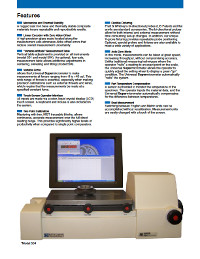
For this, I do have additional LTE router Zyxel LTE3301-M209 with a SIM, data plan and public/static IP from OTVARTA – interesting MVNO that provides you with a public IP and do not require to sign up for long term agreements (you can resign anytime with 1-month dismissal notice). The idea behind this lab was to make it portable, though, and use occasionally at the office, during workshops, conferences, customer meetings etc. Checkpoint allows you to configure most of the features in GUI which is proper for my level of experience in this area 😉Ĭheckpoint connects to my ISP’s cable modem over the ethernet and I use it at home with a pool of 5 static, public IP addresses. It comes with an integrated switch of eight 1GbE ports and dedicated WAN/DMZ ethernet interfaces.

That’s a story for another blog post though.įor networking, I chose Checkpoint L-50W which is a nice combo with Wifi AP, Firewall, Router, VLAN support, QoS, VPN gateway and more. My Home Lab runs ESXi 6.7 on bare metal, vCenter and additional nested ESXi’s with another vCenter for a 2 node vSAN cluster which I use only occasionally.

#LAB MASTER SUPERMIC WINDOWS#
For flashing USB sticks with ESXi image on Windows you can use Rufus and on MacOS X BalenaEtcher does it’s job.I failed with some other usb memory sticks so I recommend using this one not only for little size but compatibility too. The cherry on top was a Sandisk Cruzer FIT for ESXi boot. Supermicro SYS-E200-8D is little noisy even with “Optimal” FAN preset. It got me so angry that I’ve scripted Raspberry Pi to query CPU and system temperature with IPMI Tool and set fan speeds accordingly using Superfans: Most of the time fans roll on 10% speed which is really quiet and keeps CPU temp below 68 Celsius. I decided to equip this box with a maximum amount of RAM and capacious SSD drive: All of this with reasonable value for money ratio.

SYS-E200-8D comes in a form factor similar to a box of chocolates (Mini-ITX), it has an IPMI interface, low voltage 6-core Intel Xeon, it supports 128GB of RAM, has 4 NIC (2 x 10GbE and 2x1GbE), M.2 slot for NVME SSD disk. I’ve discussed many options with Santa that could possibly suit my needs and this if what I found:Īfter evaluation, the last one won the competition.
#LAB MASTER SUPERMIC PROFESSIONAL#
Nevertheless, it’s nice to have some humming box at home for a wide range of tests, plays, and learning, not only professional ones.
#LAB MASTER SUPERMIC HOW TO#
I decided to share my home lab experience as I’ve learned the hard way how to choose, finance and set up such an environment.Īt VMware, we have plenty of options to play with our products, including Hands-On Labs, VMware TestDrive portal, VMware Cloud on AWS and our “Suitcase Lab” build by polish SE Team 🙂 Last Christmas Santa Claus was very generous for me! I found all the stuff to build a powerful home lab under the Christmas tree.


 0 kommentar(er)
0 kommentar(er)
